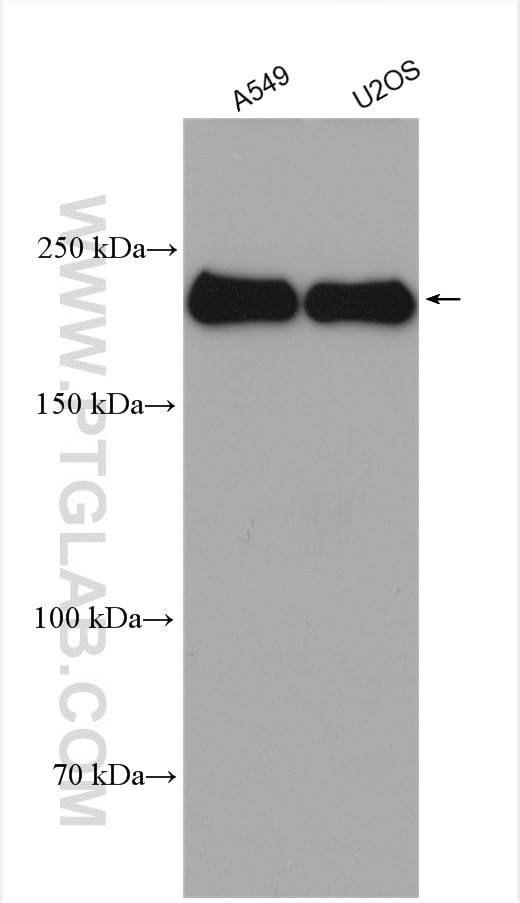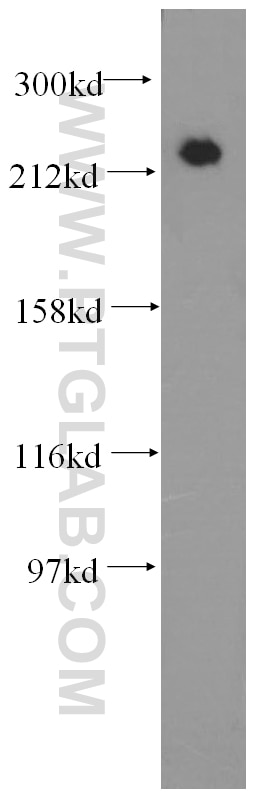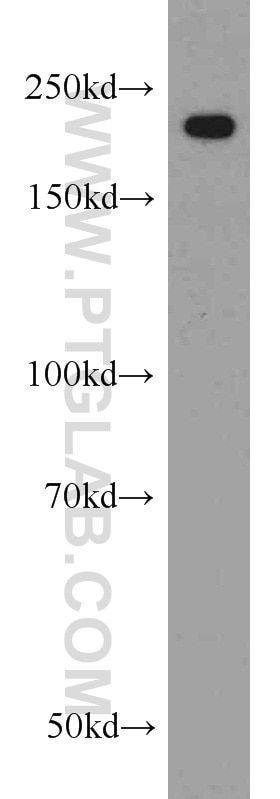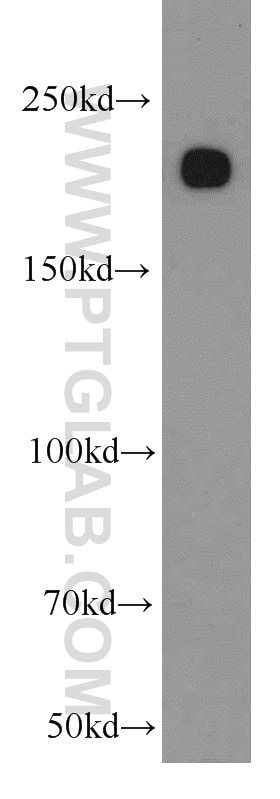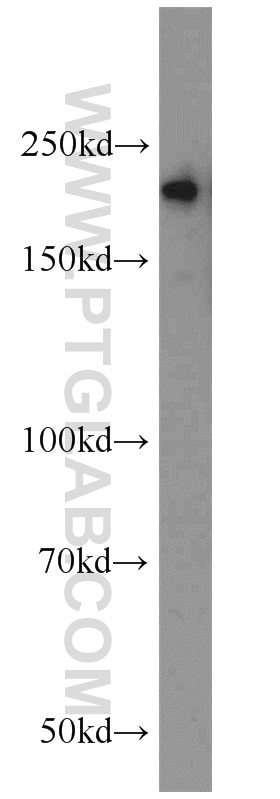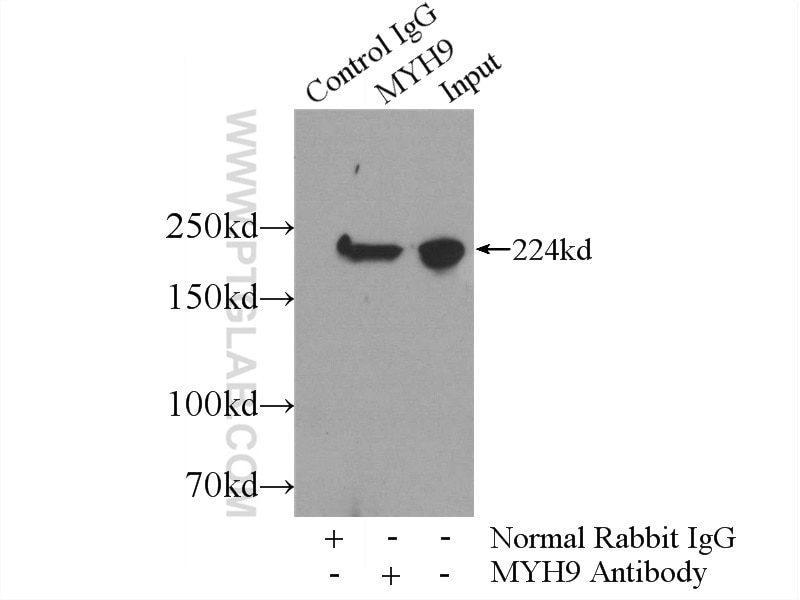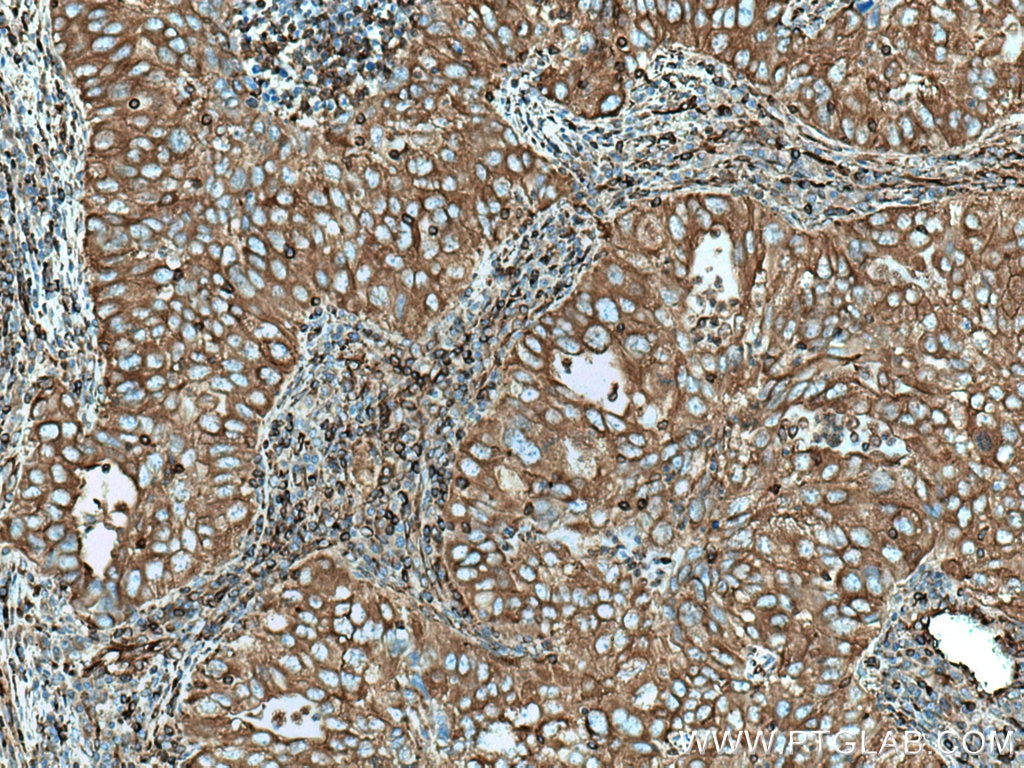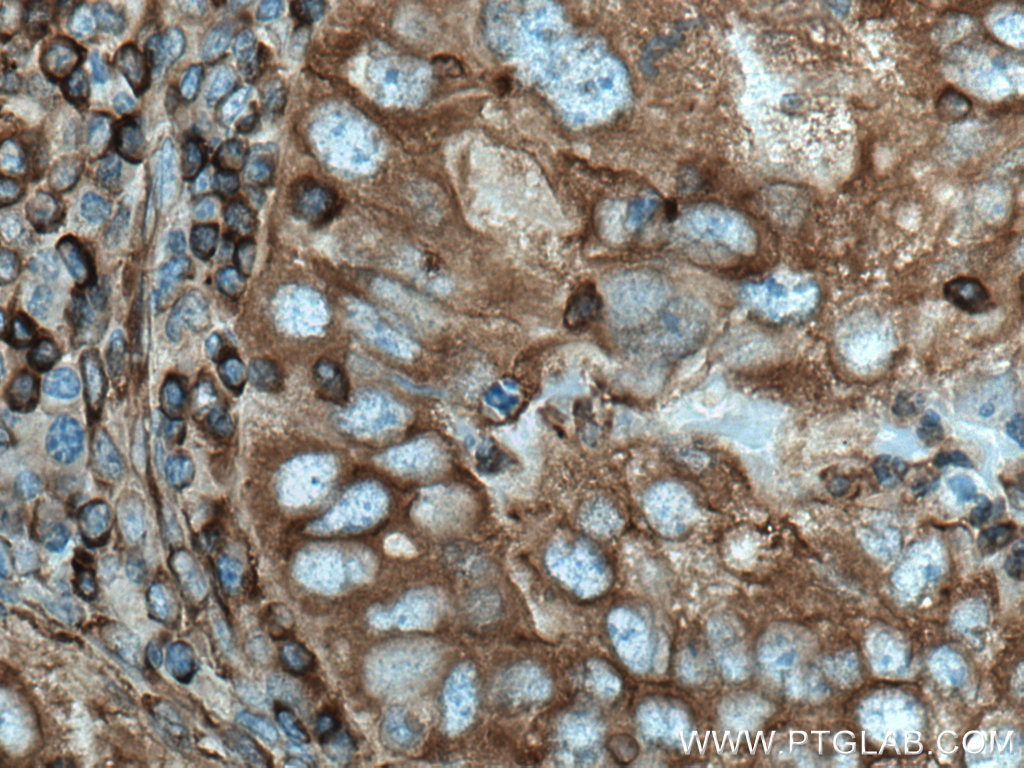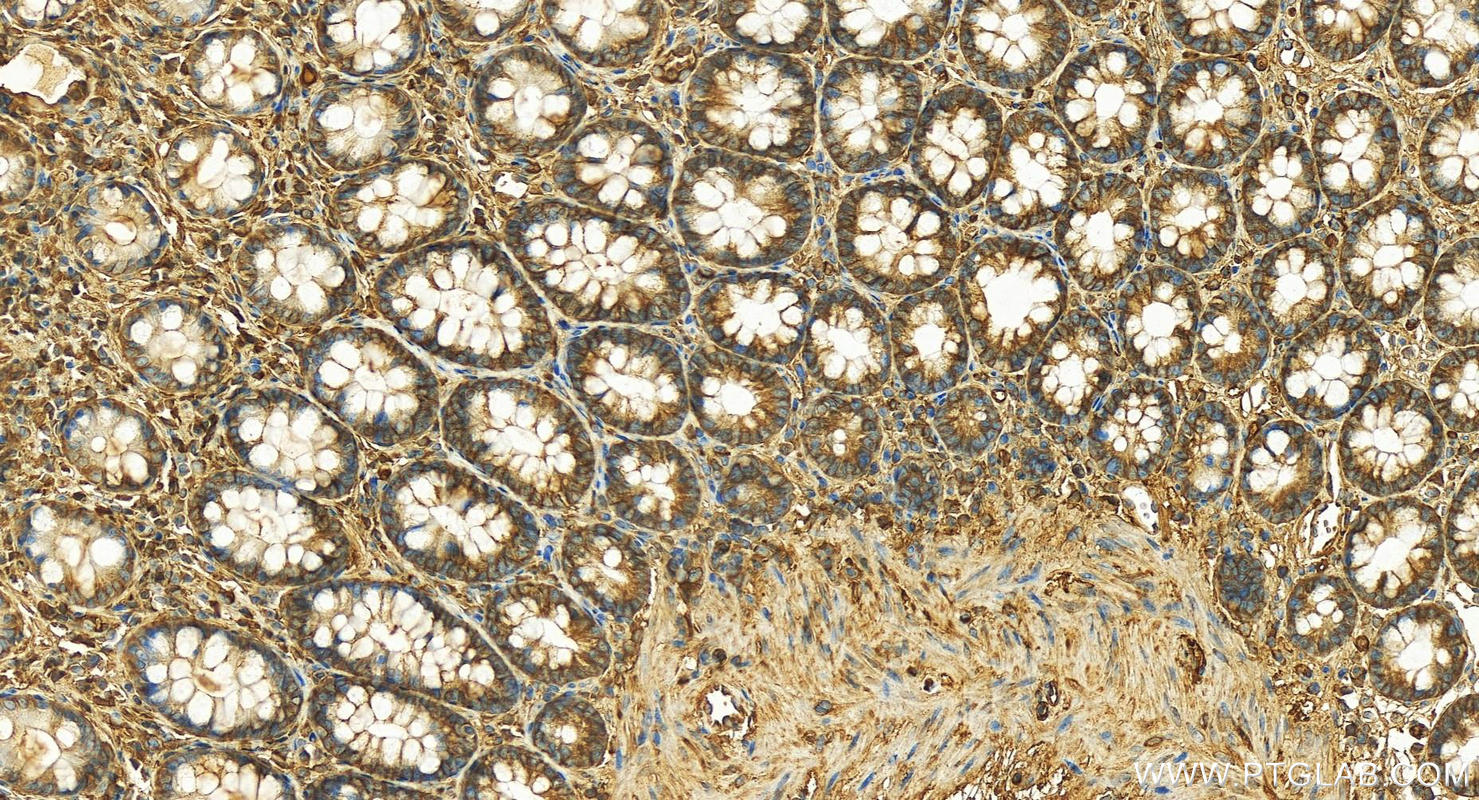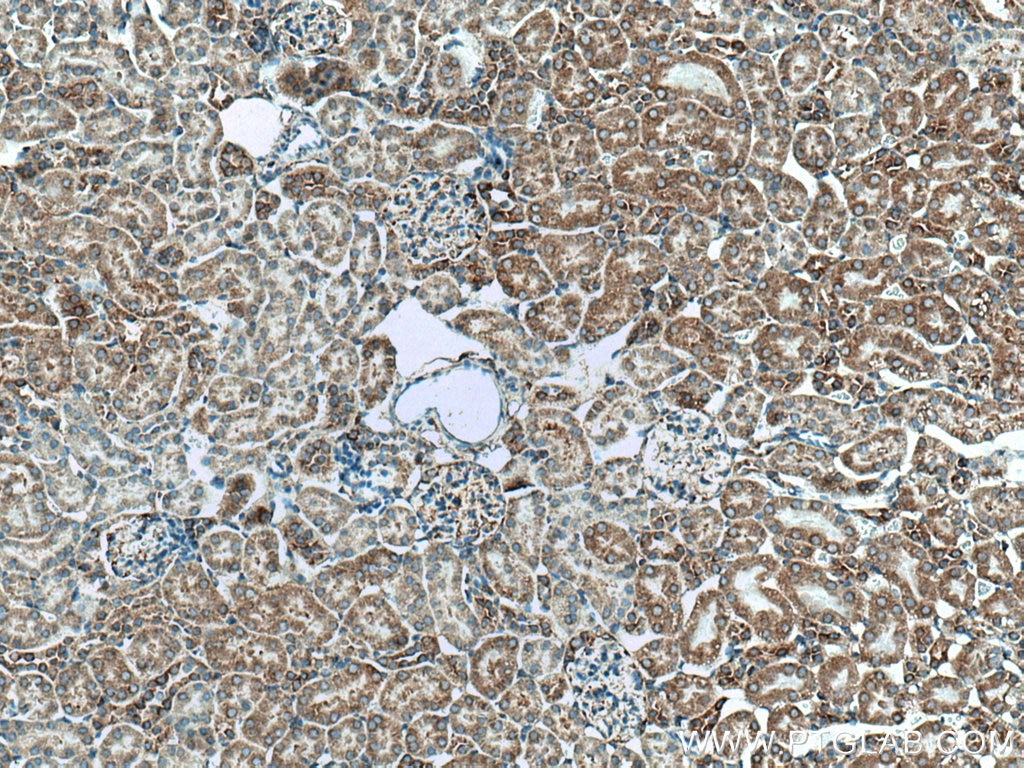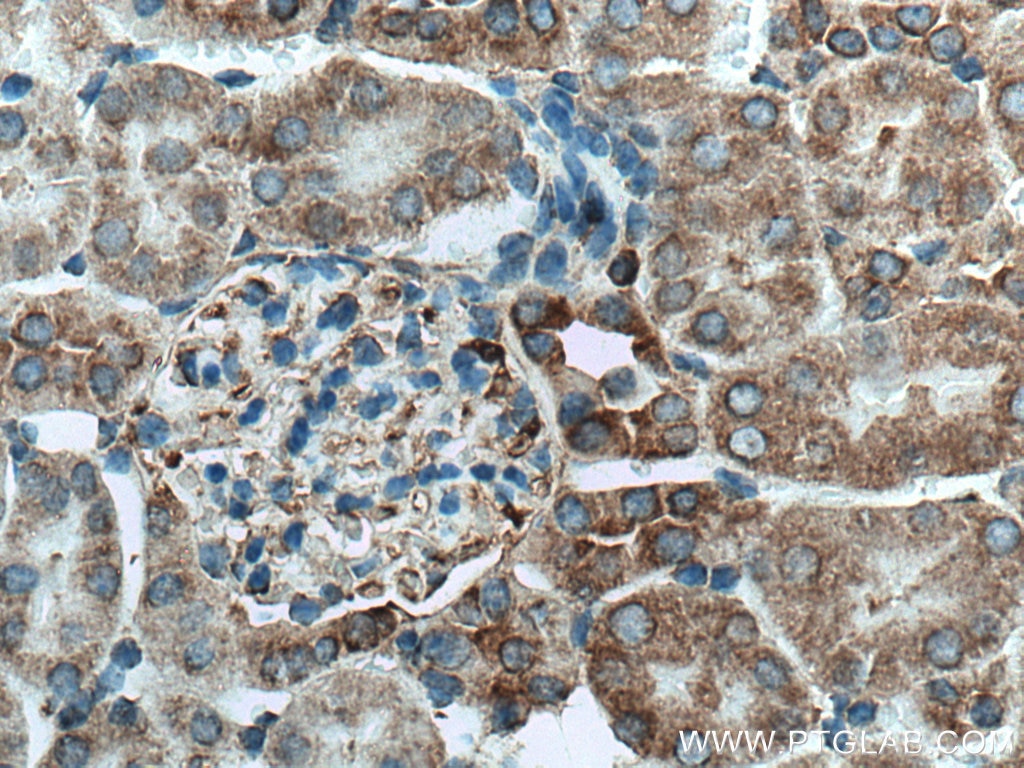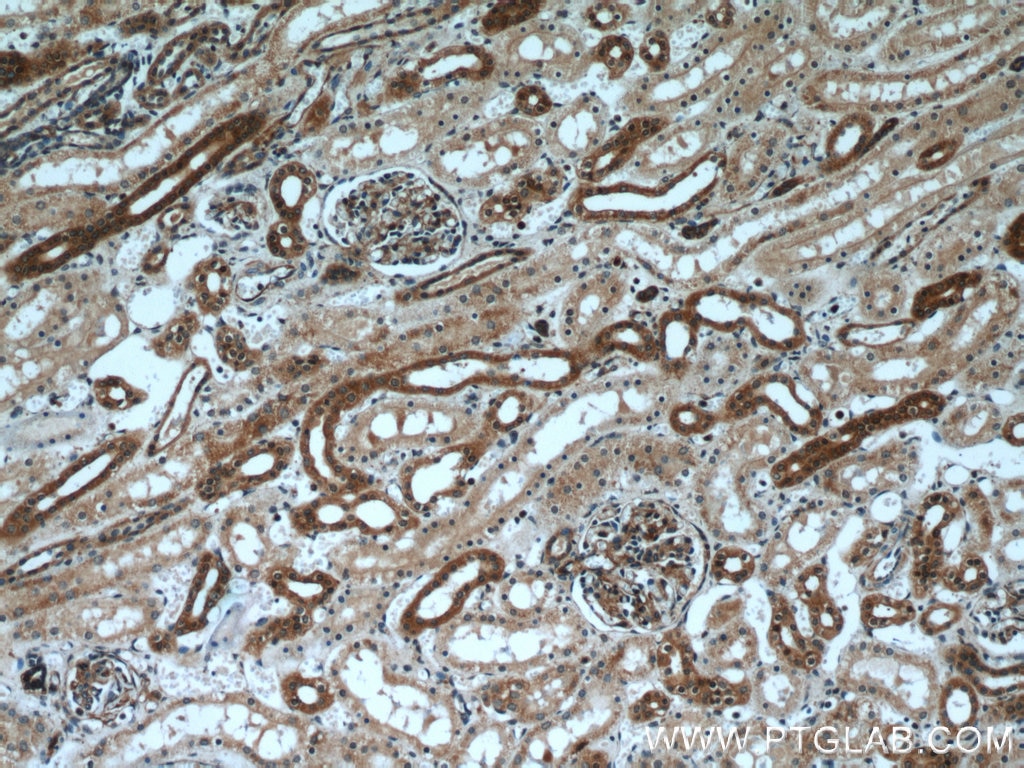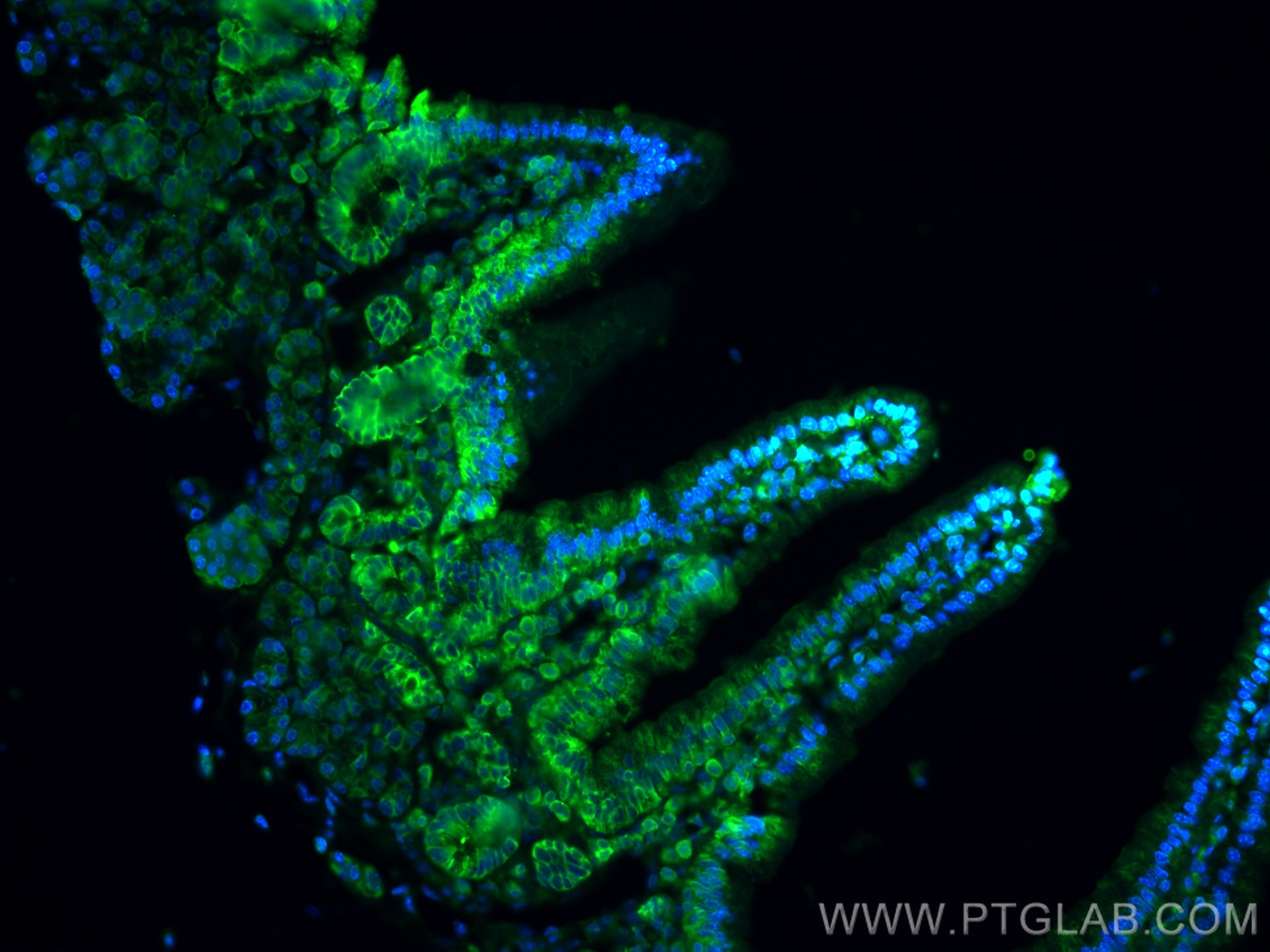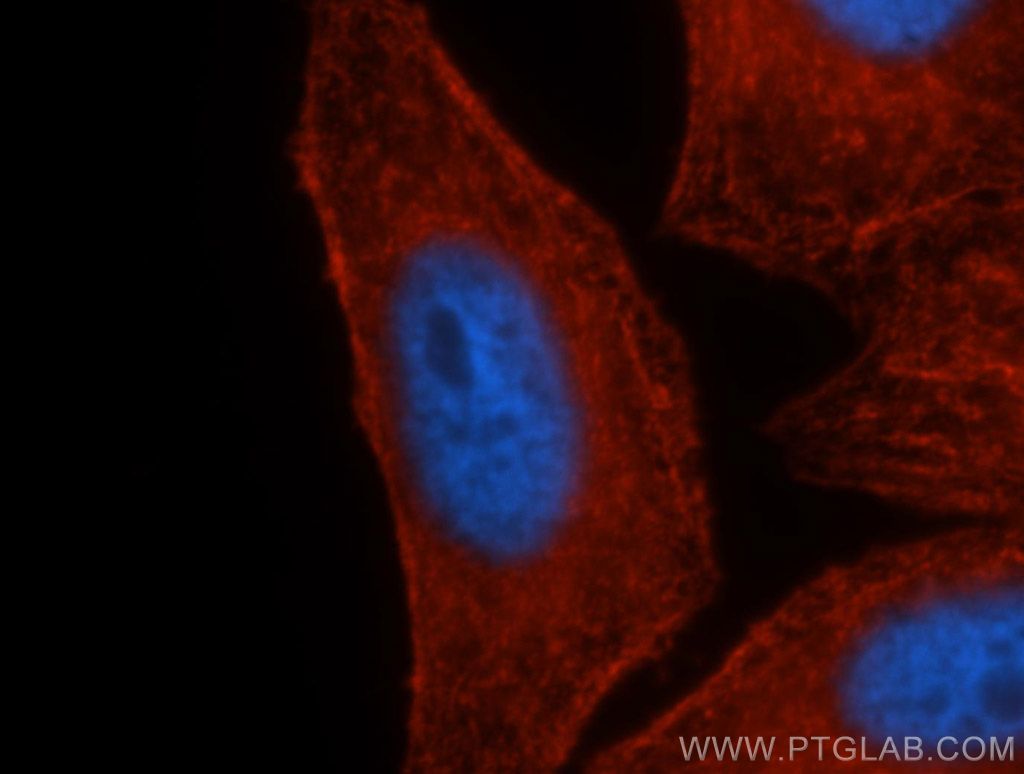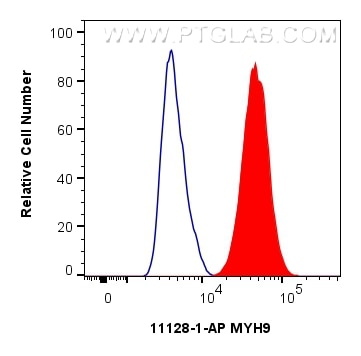Validation Data Gallery
Tested Applications
| Positive WB detected in | A549 cells, mouse brain tissue, mouse kidney tissue, mouse colon tissue, human brain tissue, U2OS cells |
| Positive IP detected in | mouse brain tissue |
| Positive IHC detected in | human lung cancer tissue, human kidney tissue, mouse kidney tissue Note: suggested antigen retrieval with TE buffer pH 9.0; (*) Alternatively, antigen retrieval may be performed with citrate buffer pH 6.0 |
| Positive IF-P detected in | mouse small intestine tissue |
| Positive IF/ICC detected in | HepG2 cells |
| Positive FC (Intra) detected in | HepG2 cells |
Recommended dilution
| Application | Dilution |
|---|---|
| Western Blot (WB) | WB : 1:5000-1:50000 |
| Immunoprecipitation (IP) | IP : 0.5-4.0 ug for 1.0-3.0 mg of total protein lysate |
| Immunohistochemistry (IHC) | IHC : 1:50-1:500 |
| Immunofluorescence (IF)-P | IF-P : 1:50-1:500 |
| Immunofluorescence (IF)/ICC | IF/ICC : 1:50-1:500 |
| Flow Cytometry (FC) (INTRA) | FC (INTRA) : 0.25 ug per 10^6 cells in a 100 µl suspension |
| It is recommended that this reagent should be titrated in each testing system to obtain optimal results. | |
| Sample-dependent, Check data in validation data gallery. | |
Published Applications
| KD/KO | See 4 publications below |
| WB | See 36 publications below |
| IHC | See 9 publications below |
| IF | See 20 publications below |
| IP | See 6 publications below |
| CoIP | See 4 publications below |
| RIP | See 1 publications below |
Product Information
11128-1-AP targets MYH9 in WB, IHC, IF/ICC, IF-P, IP, CoIP, RIP, ELISA applications and shows reactivity with human, mouse, rat samples.
| Tested Reactivity | human, mouse, rat |
| Cited Reactivity | human, mouse, rat, chicken |
| Host / Isotype | Rabbit / IgG |
| Class | Polyclonal |
| Type | Antibody |
| Immunogen | MYH9 fusion protein Ag1612 相同性解析による交差性が予測される生物種 |
| Full Name | myosin, heavy chain 9, non-muscle |
| Calculated molecular weight | 227 kDa |
| Observed molecular weight | 224 kDa |
| GenBank accession number | BC011915 |
| Gene Symbol | MYH9 |
| Gene ID (NCBI) | 4627 |
| RRID | AB_2147294 |
| Conjugate | Unconjugated |
| Form | Liquid |
| Purification Method | Antigen affinity purification |
| UNIPROT ID | P35579 |
| Storage Buffer | PBS with 0.02% sodium azide and 50% glycerol , pH 7.3 |
| Storage Conditions | Store at -20°C. Stable for one year after shipment. Aliquoting is unnecessary for -20oC storage. |
Background Information
MYH9 (Myosin-9) appears to play a role in cytokinesis, cell shape, and specialized functions such as secretion and capping. MYH9 is a hexameric protein that consists of two heavy chains (~200 kDa) and two pairs of non-identical light chains (15-22 kDa), a pair of essential or alkali light chains, and a pair of regulatory light chains (PMID: 12800156).
Protocols
| Product Specific Protocols | |
|---|---|
| WB protocol for MYH9 antibody 11128-1-AP | Download protocol |
| IHC protocol for MYH9 antibody 11128-1-AP | Download protocol |
| IF protocol for MYH9 antibody 11128-1-AP | Download protocol |
| IP protocol for MYH9 antibody 11128-1-AP | Download protocol |
| Standard Protocols | |
|---|---|
| Click here to view our Standard Protocols |
Publications
| Species | Application | Title |
|---|---|---|
Acta Pharm Sin B Ginsenoside Rg1 ameliorates blood-brain barrier disruption and traumatic brain injury via attenuating macrophages derived exosomes miR-21 release. | ||
J Exp Clin Cancer Res ACTN1 promotes HNSCC tumorigenesis and cisplatin resistance by enhancing MYH9-dependent degradation of GSK-3β and integrin β1-mediated phosphorylation of FAK | ||
Cell Death Differ Glycoprotein PTGDS promotes tumorigenesis of diffuse large B-cell lymphoma by MYH9-mediated regulation of Wnt-β-catenin-STAT3 signaling
| ||
Cell Rep Mechanotransduction in response to ECM stiffening impairs cGAS immune signaling in tumor cells | ||
Theranostics Salvia miltiorrhiza-derived miRNAs suppress vascular remodeling through regulating OTUD7B/KLF4/NMHC IIA axis. |
